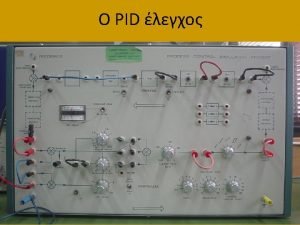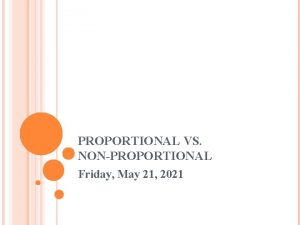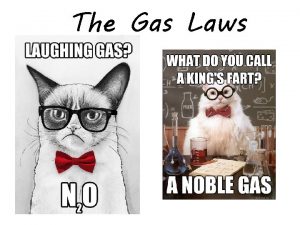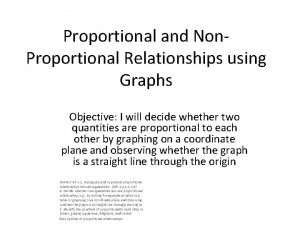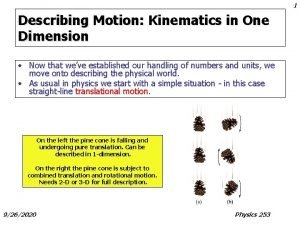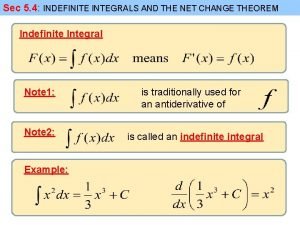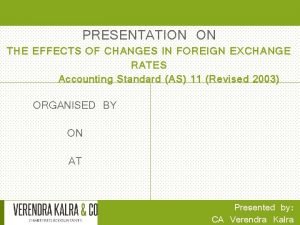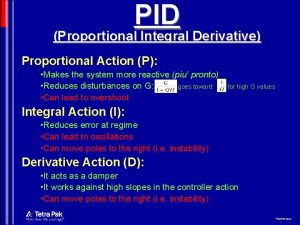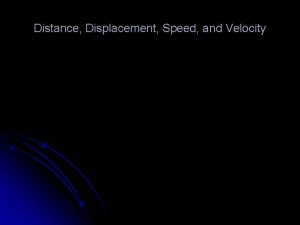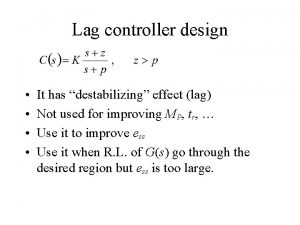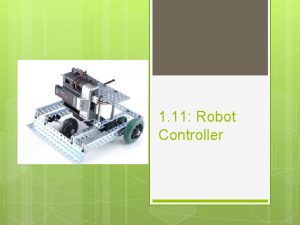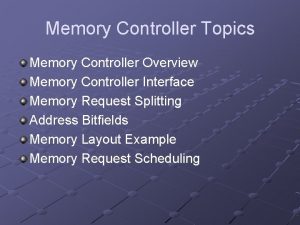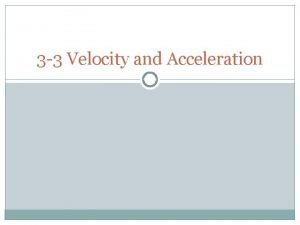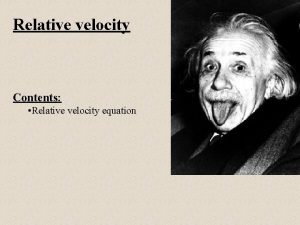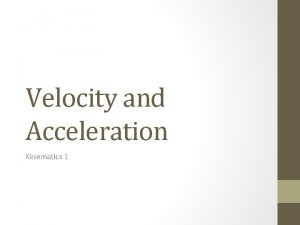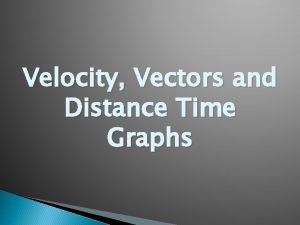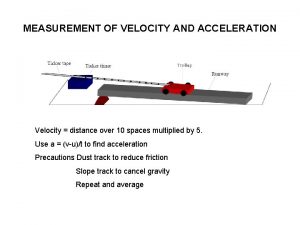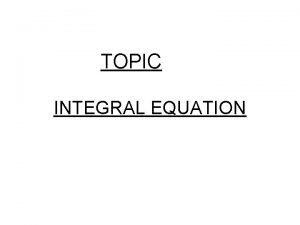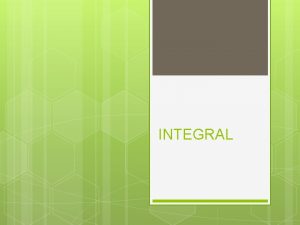Integral Lag Distance velocity lag The proportional controller



















- Slides: 19



• Integral • Lag • Distance velocity lag • Υλοποιούμε την





The proportional controller Integral controller

P I controller The reset time is a function of proportional gain Kp as the rate of change of the manipulated variable is faster for a greater gain. In the case of a long reset time, the effect of the integral component is small as the summation of the system deviation is slow. The effect of the integral component is large if the reset time is short. The effectiveness of the PI controller increases with increase in gain Kp and increase in the I-component (i. e. , decrease in reset time). However, if these two values are too extreme, the controller’s intervention is too coarse and the entire control loop starts to oscillate. Response is then not stable. The point at which the oscillation begins is different for every controlled system and must be determined during commissioning

P D controller The derivative-action time Td is a measure for how much faster a PD controller compensates a change in the controlled variable than a pure P controller. A jump in the manipulated variable compensates a large part of the system deviation before a pure P controller would have reached this value. The P component therefore appears to respond earlier by a period equal to the rate time Two disadvantages result in the PD controller seldom being used. • Firstly it cannot completely compensate remaining system deviations. • Secondly, a slightly excessive D component leads quickly to instability of the control loop. The controlled system then tends to oscillate.

P I D controller q If the system deviation is large, the D component ensures a momentary extremely high change in the manipulated variable. While the influence of the D component falls of immediately, the influence of the I component increases slowly. q If the change in system deviation is slight, the behaviour of the D component is negligible. q This behaviour has the advantage of faster response and quicker compensation of system deviation in the event of changes or disturbance variables. q The disadvantage is that the control loop is much more prone to oscillation and that setting is therefore more difficult. As a result of the D component, this controller type is faster than a P controller or a PI controller. This manifests itself in the derivative-action time Td. The derivative-action time is the period by which a PID controller is faster than the PI controller.








 Distance velocity lag
Distance velocity lag Example of proportional
Example of proportional Inversely proportional
Inversely proportional Identifying graphs worksheet
Identifying graphs worksheet How to tell if something is proportional or nonproportional
How to tell if something is proportional or nonproportional Indirectly proportional
Indirectly proportional Proportional vs non proportional graphs
Proportional vs non proportional graphs Is v final velocity
Is v final velocity Angular velocity to tangential velocity
Angular velocity to tangential velocity Rotational motion and the law of gravity
Rotational motion and the law of gravity Darcy law example
Darcy law example Constant acceleration speed time graph
Constant acceleration speed time graph Relation between linear and angular quantities
Relation between linear and angular quantities Instantaneous velocity vs average velocity
Instantaneous velocity vs average velocity Initial velocity and final velocity formula
Initial velocity and final velocity formula Darcy velocity vs actual velocity
Darcy velocity vs actual velocity Non integral citation
Non integral citation Surface integral of scalar function
Surface integral of scalar function Displacement integral
Displacement integral Exchange difference of integral foreign operation is
Exchange difference of integral foreign operation is
